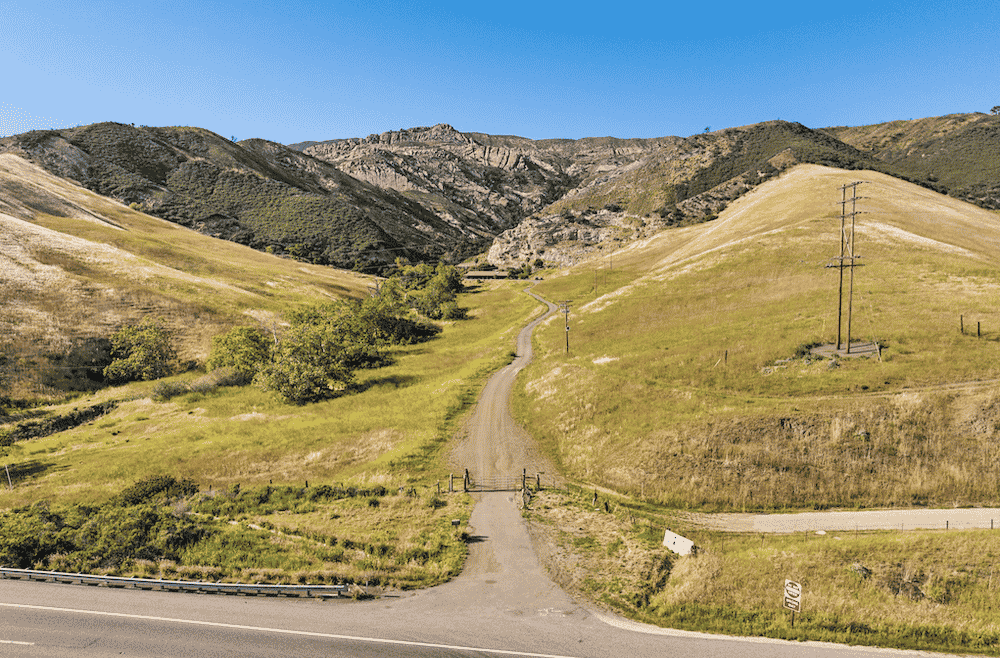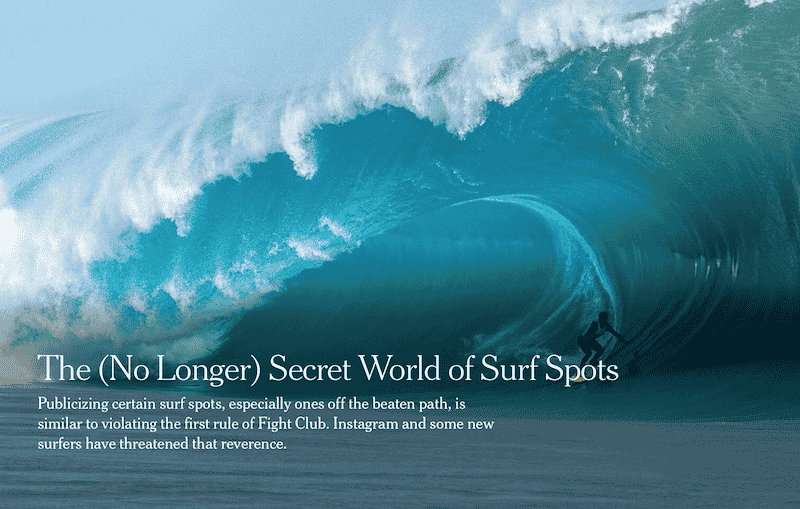"Now that I’m a big time movie star, me and the snake broke up."
One month ago, Carlsbad stuntman and former JOB fall-guy, drug mule and North Shore prozzy Sean “Poopies” McInerney joined a cavalcade of superstars in the Best Kiss category at the MTV Music Awards.
Man and Texas rat snake get it on? What’s not to love?
The kiss appears in Jackass Forever’s The Quiet Game sequence, where RachelnWolfson, Steve-O and Poopies are dressed as the French mime Marcel Marceau and are forced to do stunts without reacting to them.
Poopies is asked to kiss a Texas Rat Snake, a non-venomous serpent popular in the pet trade, which bites him on the face.
A second attempt yields the same result.
To win, Poopies and the snake had to beat a stacked field, including Robert Pattinson and Zoë Kravitz for Batman, Hunter Schafer and Dominic Fike for Euphoria, Lily Collins and Lucien Laviscount for Emily in Paris, and Tom Holland and Zendaya for Spider-Man: No Way Home.
And, last night, at The Barker Hanger in Santa Monica, ol Poops, who a few short years ago was being tortured by his cruel auburn-haired master Jamie O’Brien in various ocean-based stunts, pulled off the ultimate career switcharoo, winning the prestigious award.
Horrified Spiderman and MTV fans lit up on Twitter.
tom and zendaya losing best kiss to a fucking snake is my villain origin story
— adri💞 TEAM JAIDA (@adri_bsj) June 6, 2022
A snake beat out Tom and Zendaya for best kiss at #MTVMovieAwards. This is the world we live in.
— Christine Dayao (@MsCDayao) June 6, 2022
wait are the MTV awards satire because how did Tom and Zendaya lose best kiss to a snake
— KOJ 🇯🇲 (@ColleaLauryn) June 6, 2022
so you’re saying Tom and zendaya lost best kiss to a man kissing a snake?? Prepare my grave 💀 #MTVMovieAwards
— sarah 🇺🇦 (@sarah_n199) June 6, 2022
So is MTV just giving the awards to whoever actually showed up to this low budget ass show? Because I know Zendaya & Tom had best kiss in the bag #MTVMovieAwards pic.twitter.com/nmINMKTyvv
— kina🖤 (@trymebetchx) June 6, 2022
And so on.
Poopies, who is thirty-five, was gracious in victory,
“It’s kind of weird being up here, accepting this award alone. Now that I’m a big time movie star, me and the snake broke up. I found a new love, so let’s bring her out!”
Good times.










